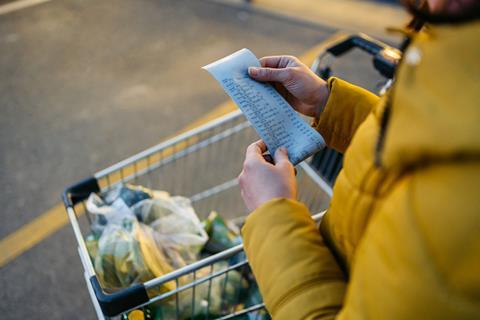
Food inflation held steady at 3.3% in February as the industry braces for Rachel Reeves’ Spring Statement later today.
The overall rate fell back to 2.8%, according to the ONS, below many economists’ expectations of 2.9%.
This fall was led by clothing prices, particularly for women’s clothes, said Grant Fitzner, ONS chief economist.
In the supermarkets, the biggest price hikes remain on sugars and jams – up 9.5% over the last year – and oils and fats where prices are up 8.7%.
Smokers saw a 9.4% rise in tobacco prices, while those after a drink saw booze prices increase 2.5%.
Fish shoppers got some good news, with prices down 0.7%.
That may not last, however, with food inflation expected to pick up again from next month as businesses grapple with rising National Insurance and wage costs from next month.
“In short, doing business in the UK is becoming increasingly expensive,” said Balwinder Dhoot, director of industry growth and sustainability at the Food and Drink Federation (FDF).
A new survey by the FDF found new taxes and regulations have caused a major fall in confidence inside the food industry, with the levels now at their lowest mark since the end of 2022.
“As food and drink manufacturers continue to work hard to minimise price rises for consumers, we hope to see the chancellor make bold decisions in her Spring Statement this afternoon to bring business costs down, help curb this concerning inflationary trend and revive growth.”
Kris Hamer, director of insight at the British Retail Consortium, added that as well as £5bn of new costs arising from the last budget, retailers are also battling an “outdated” business rates system.
“It is vital that the government’s reform of business rates doesn’t impose additional costs onto retailers. Reform must leave no shop paying more.”

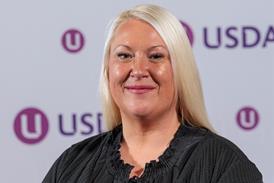
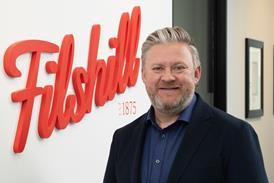
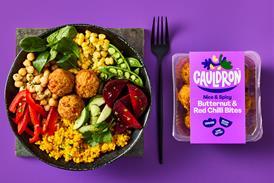
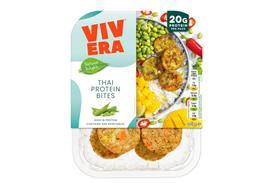
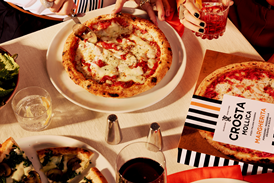

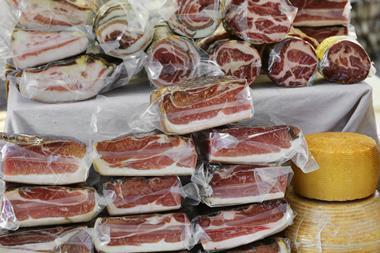
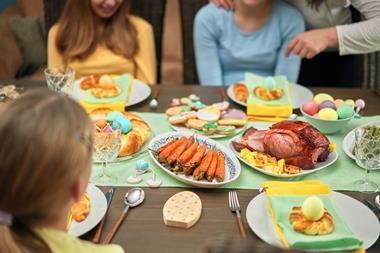
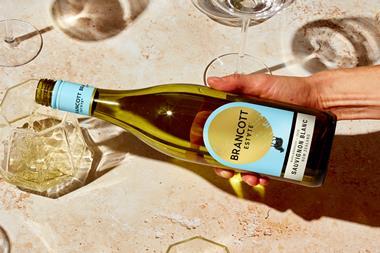
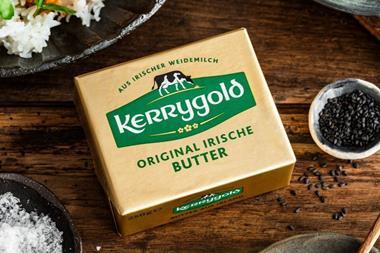




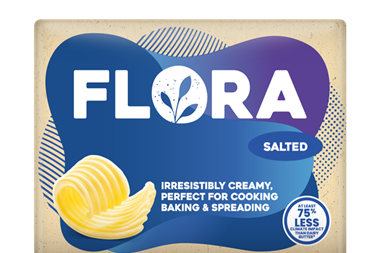
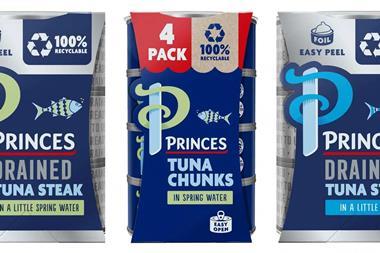

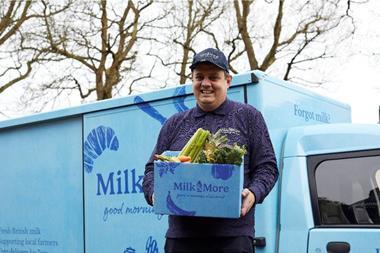
No comments yet